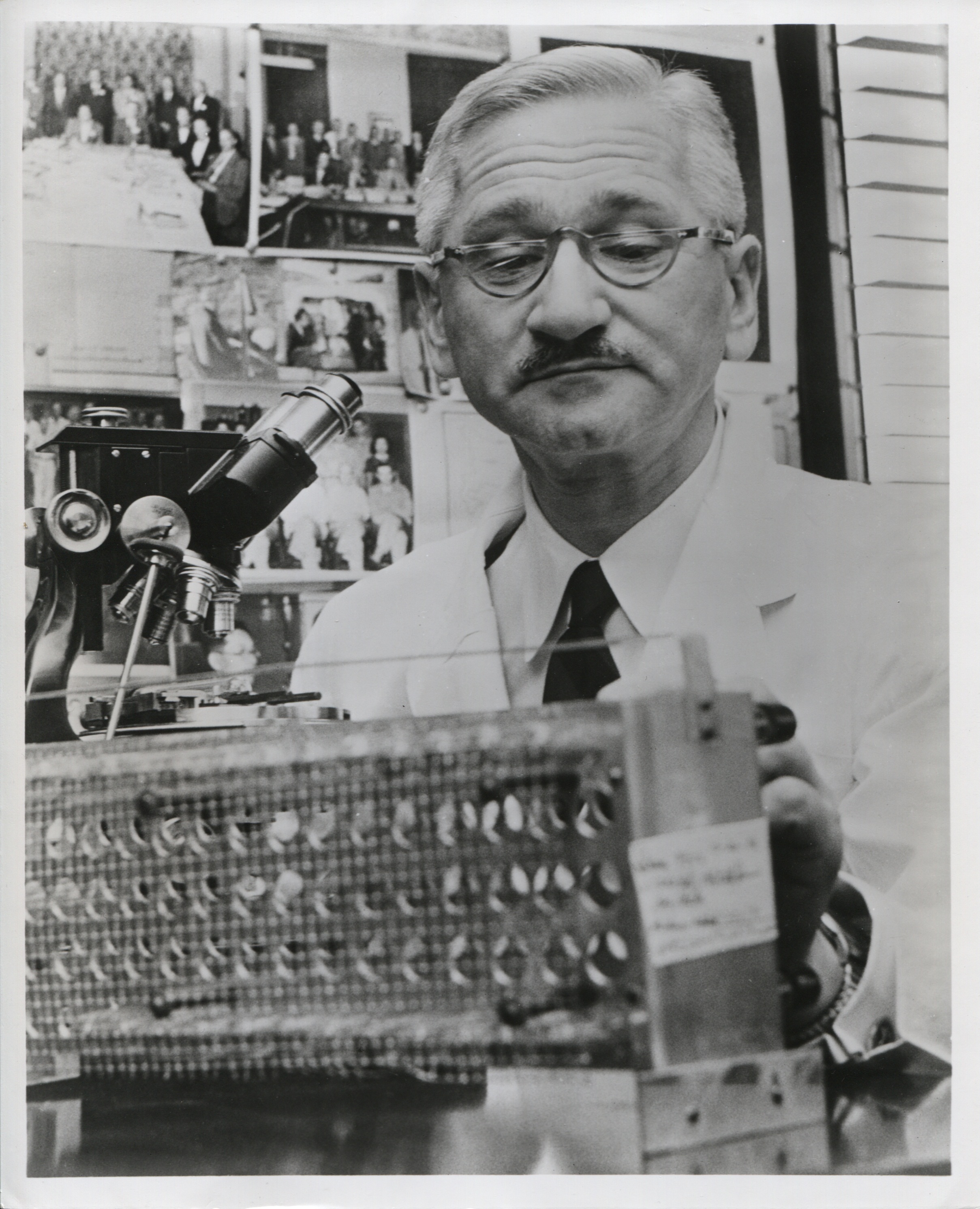The Winter 2013 issue of The Watermark, which is the quarterly publication of the Archivists and Librarians in the History of the Health Sciences (ALHHS), features an article on the Albert B. Sabin digitization project. This article is based on my presentation at the Mid-Atlantic Regional Archives Conference October 2012 meeting.
In the “Editor’s Message,” Stephen E. Novak, Head of Archives & Special Collections at the A.C. Long Health Sciences Library at the Columbia University Medical Center, wrote this regarding the contributions of myself and another archivist:
Besides our usual reports from the History of Medicine Division at the NLM and the Wellcome Library in London, I’m particularly pleased that we have two new writers, Stephanie L. Bricking and Emily Novak Gustainis, giving us accounts of important archival processing projects at the University of Cincinnati and Harvard University, respectively. The issues they raise of privacy v. accessibility, the importance of documenting workflow, and the importance of outreach can benefit anyone working with manuscript collections. We’re sure you’ll find them interesting.
I also hope you will find my article interesting! To read the article on the Sabin project (which starts on page 14), download the Winter 2013 newsletter (Volume 36, Issue 1) from The Watermark’s website.
In 2010, the University of Cincinnati Libraries received a $314,258 grant from the National Endowment for the Humanities (NEH) to digitize the correspondence and photographs of Dr. Albert B. Sabin. This digitization project has been designated a NEH “We the People” project, an initiative to encourage and strengthen the teaching, study, and understanding of American history and culture through the support of projects that explore significant events and themes in our nation’s history and culture and that advance knowledge of the principles that define America. Any views, findings, conclusions, or recommendations expressed in this blog do not necessarily reflect those of the National Endowment for the Humanities.

